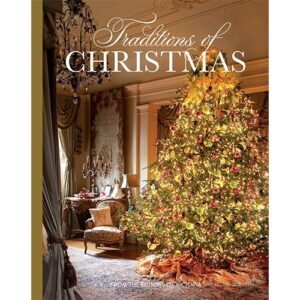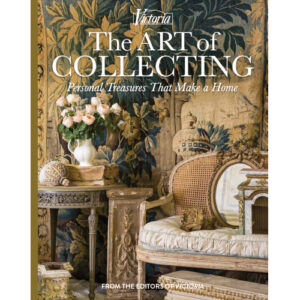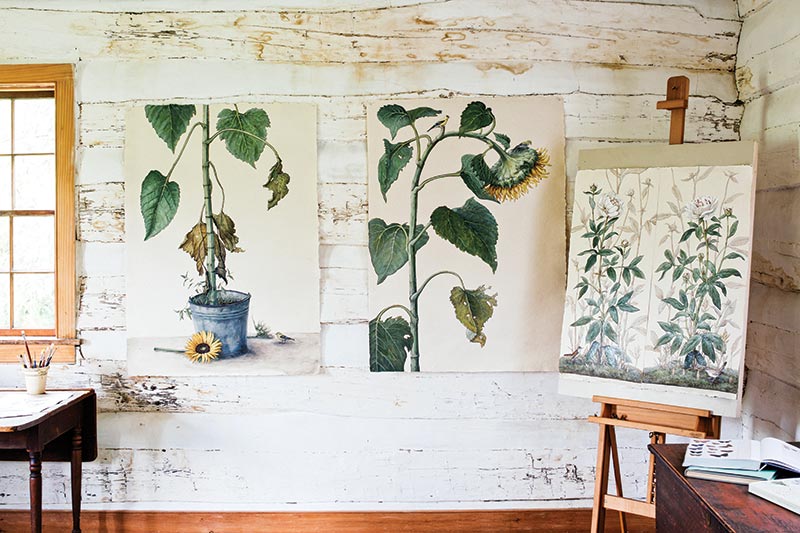
Meg Page has been credited with helping to revive the centuries-old art of naturalist painting, but her work is perhaps better described as a kind of portraiture. She captures in exquisite detail the appearance of her subjects—whether flowers, frogs, snakes, or chickens—and goes beyond the surface to convey a sense of life and dignity. That combination of realism and a sense of the spiritual gives her paintings their remarkable and timeless appeal.
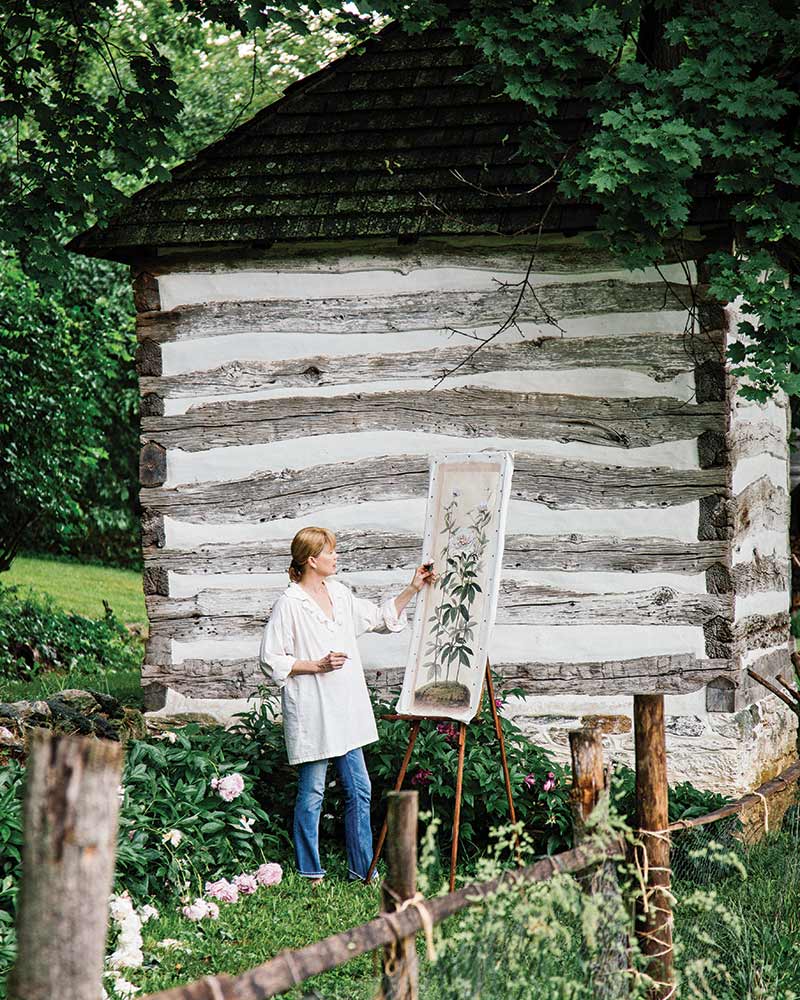
Although she does most of her work in her Baltimore studio, she finds inspiration, subject matter, and an “aesthetic haven” at Gentle Farm, the country retreat her husband, David Ashton, has carefully restored. The farm fulfills a childhood longing of Meg’s to be closer to nature than growing up in suburban Towson, Maryland, allowed. Meg envied her Virginia cousins who lived on dairy farms. “I thought my cousins lived in heaven,” she says.
At the Cleveland Institute of Art she studied painting and did well, but it wasn’t challenging enough. A major in photography seemed more practical, and it led to a job in commercial photography. With that, she says, “I kind of let the art thing go.”
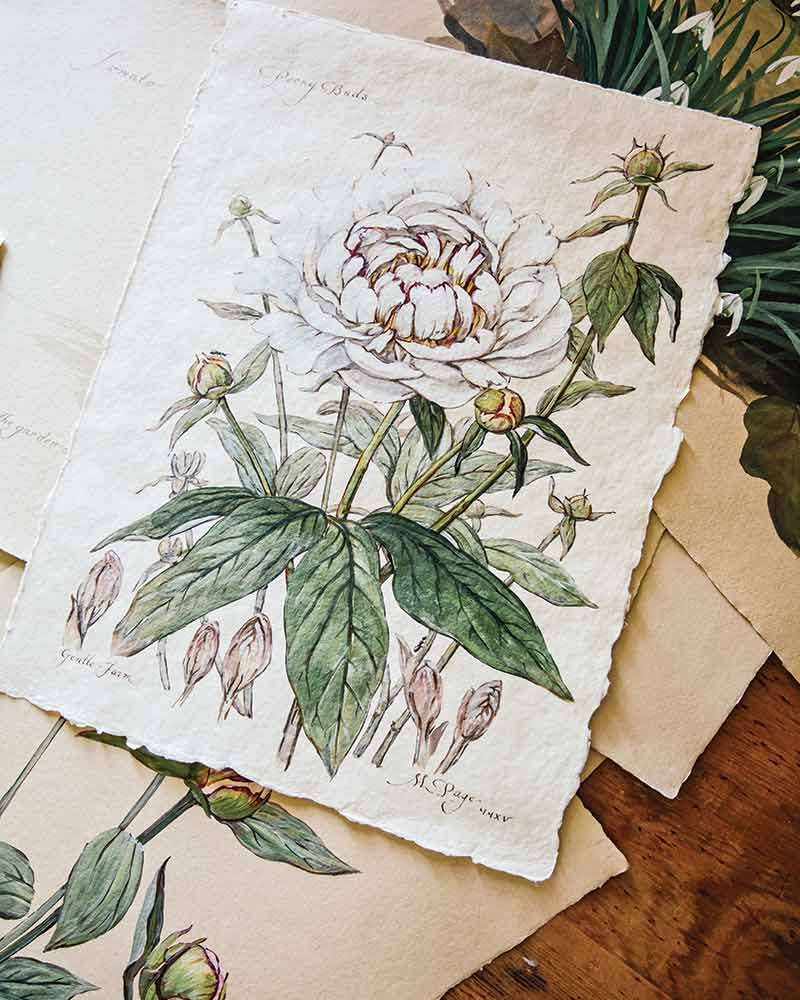
“One day I saw a pear on a branch, and I thought it was so beautiful,” Meg recalls. She made a Polaroid transfer of it but thought it would look better without the background. “I realized if you got rid of the background, you had a botanical,” she says. Even though the paintings she makes now evoke the botanical tradition, she doesn’t see herself as a botanical illustrator. “I was a painter who loved nature and started leaving out the background,” she says.
Meg looks at her subjects through the lens of artists from the Renaissance through the 18th century, especially Albrecht Dürer, who painted closely observed bits of nature as well as Madonnas and Biblical scenes. “I’m constantly looking back at art history and learning from it and mining it,” she says.
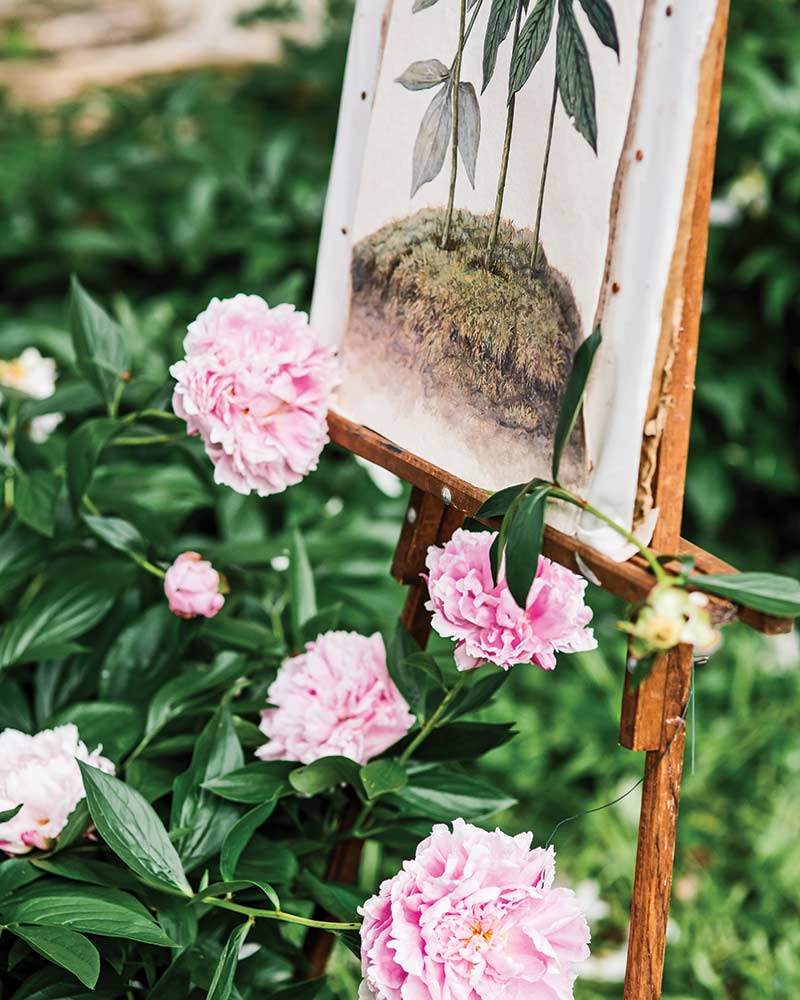
At Gentle Farm, Meg and her husband raise heritage chickens and plant the heirloom flowers and vegetables that Meg wants to paint.
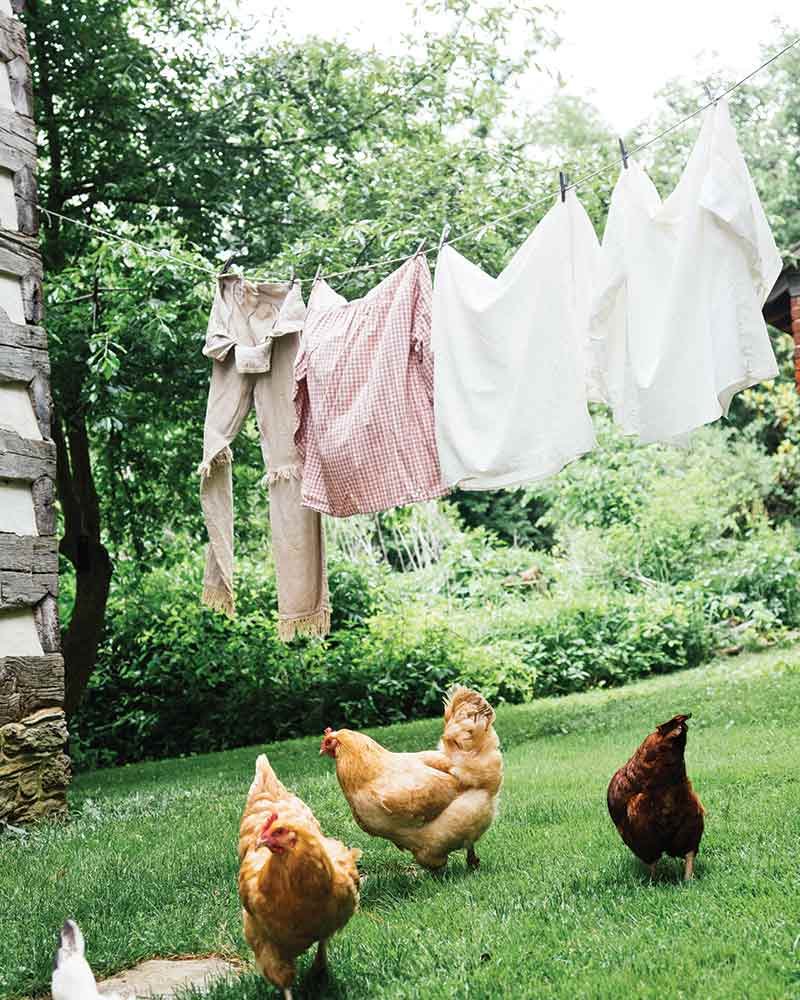
Each of Meg’s paintings is the result of patient observation, in-depth research, and a painstaking process. For a flower portrait, she takes dozens of photos of the plant in its natural setting. Then she photographs individual specimens against a plain, mid-tone background such as cardboard or Belgian linen and shoots them a third time in her studio with controlled studio lighting. Only then does she begin sketching and working out ideas for the composition. If the nomenclature or other information is to be part of the work, she researches and chooses a style of calligraphy that best suits the composition and subject. “When [the painting] is so pared down, it all has to be perfect,” she says.
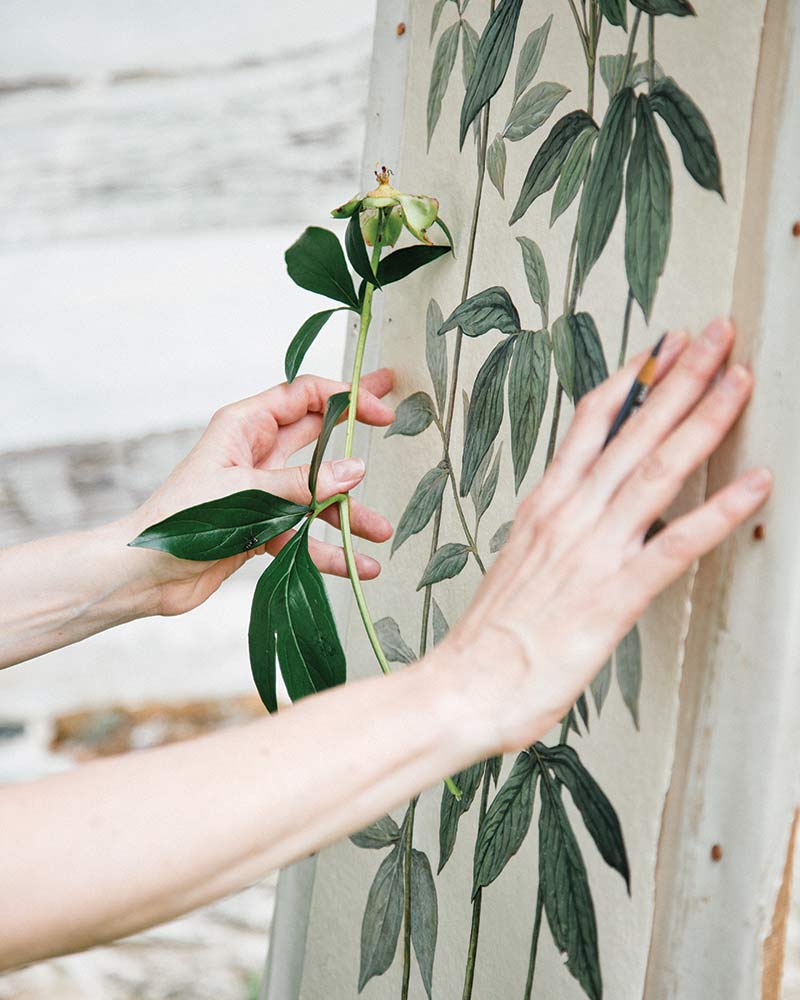
Meg often photographs and observes a subject for years before beginning to work. “I may watch a milkweed for several seasons,” she says, all the time building a painting in her head. The photos provide reference points, but Meg takes artistic license to get at the essence of the subject. “I try to be true to the flower or bird, but I may need to tweak or exaggerate it to make it work,” she explains. Her goal is to capture the inner spiritual beauty she sees, to identify what she loves about it and get that down on paper in a way that others can see it too. The joy she feels when she immerses herself in the heart of a sunflower or the eye of a salamander is “the soul responding to divine beauty,” she says, and that spark of divinity is what she hopes to convey in every piece of art that she creates.
Shop our latest issues for more inspiration!


